How hard can it be? Blending a wine? I mean, you have a few different pure variety base wines which, together, will converge in a balanced and tasty cuvée that will hit home with any wine critic any-time!
Now, if you do not get my irony in the above sentence then I can clarify that it is much more difficult than you might think to make a good cuvée. The respect that I have for all winemakers out there and the winemaking craftsmanship in itself increased manifold as our efforts to compose a really good wine progressively defaulted. However, I have had a taste of it and would love to give myself this challenge again to see if I finally managed to learn something, which I believe and hope.
A workshop on Rhône blends
I was at a workshop at the Smedjan (“The Forge” at the restaurant Sjömagasinet in Gothenburg). Raphael Pommier, a winemaker from the Rhône Valley, had been asked to teach a group of sommeliers, importers and wine writers how to make a well-balanced Côtes du Rhône blend.
Energy levels were high throughout the event. Although the timing was short to get really serious we did have time to learn a lot and also got lovely purple teeth as a bonus. A very nice learning event paired with a rich and tasty moose stew for lunch and some pleasant conversation to conclude. It’s difficult to imagine a better way to spend a Monday afternoon.
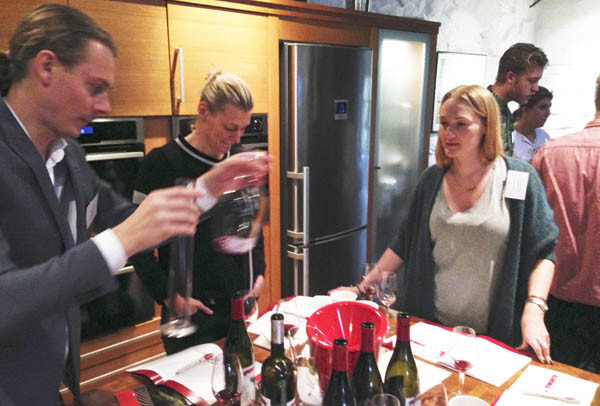
The Spirit of a Côtes du Rhône
Step 1: What characterizes a Côtes du Rhône wine and how to think like a winemaker?
Usually a wine with the appellation designation Côtes du Rhône is made with at least about 50% Grenache with a good portion of syrah, and then possible a host of other grapes that thrive in the area. For example mourvèdre, cinsault, Carignan and others.
Raphaël compared the actual blending process with an orchestra where the composer seeks a dynamic balance between all instruments so as to create tension and sophistication but in which everything ultimately is about harmony, specifically the winemaker’s personal opinion about this.
He particularly emphasised the right dynamic balance. A wine can of course be balanced negatively too. A good wine needs a bit of personality and should be expressive, which requires a balance which allows the main components sufficient space to shine. A balanced wine might also taste utterly boring and lack personality altogether.
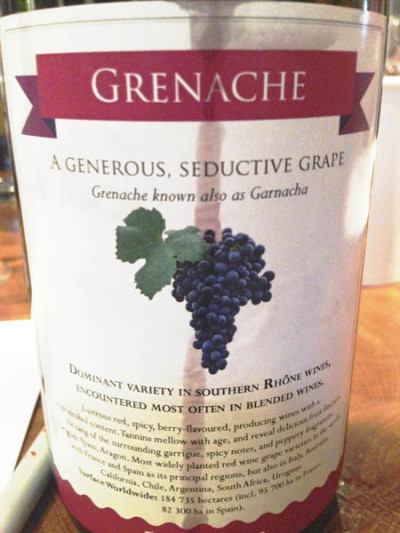
In many ways, and depending on the target audience and the maker’s wine philosophy, it’s probably better if a few people love the wine and the rest hate it than that everyone thinks it is average, which hardly generates any deeper feelings at all.
A musical piece can be composed of delicate violins, booming base and languishing cello or a combination of all. The only thing that matters in the end is that the music that arises is pleasant and interesting to listen to. The rest is just academic.
Start from the base: the grapes
Step 2: Get to know the grape material.
In total we had five pure varietal wines to start from. Two grenache, as many syrah and a barrel aged Mourvèdre.
The first grenache (G1) was a very fruity and refreshing with cranberries, raspberries, some barnyard and spices. A bit on the cool side made from grapes from Gigondas.
The second wine (G2) was more full-bodied with cherries, figs and liquorice made from grapes from Lirac.
The two syrah wines had similar style differences.
The first wine (S1) clearly showed its origin with pepper, fresh acidity, charcuteries and a nice tannic structure. Quite typical for the northern Rhône. The second syrah wine (S2) had a more animal expression with heavier and darker fruit and a lot of black olives which I think is pretty typical of the southern Rhône (Gigondas).
The last wine, from Mourvèdre (M), had power, a solid tannic structure and oak ageing notes with some delicious barnyard, and bay leaves and soy.
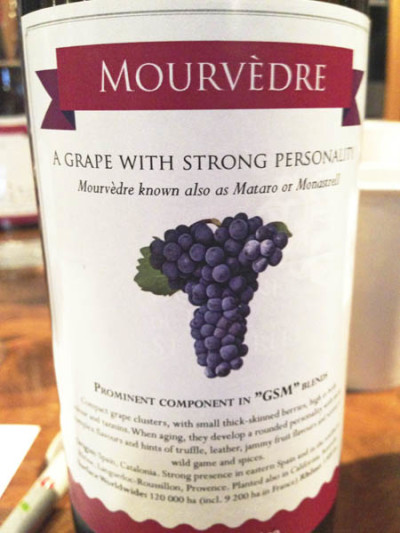
According to Raphaël, Mourvèdre is used preferably as a “spice” to give the wine a little more backbone and complexity. But as with all spices you should be moderate (up to 10% in the blend was his recommendation). Personally, I love Mourvèdre and had gladly made a cuvée of only that together with the northern Rhône syrah wine, but that’s possibly beside the point here.
Ready, Steady, Go!
Step 3: Workshop.
We were divided into five groups of five people each. My group consisted of a bunch of mixed age and mixed experience. The enthusiasm flowed as freely as the plonk that we were experimenting with. But as is often the case, it’s hard to have five conductors who all try to get the orchestra to play his or her melody. Nevertheless, we managed to try most variants and everyone pulled their share in the true spirit of solidarity.
We finally agreed to make a reasonably accessible wine with a good structure. Although the result was a bit of a compromise, we could all stand behind and endorse our cuvée when we were done. We thought that we had been fairly successful in getting to a good structure with some distinct spicy notes and a wonderfully fruity midrange of some substance and generosity. A wine to drink now, but with the potential to be kept for at least a few years.
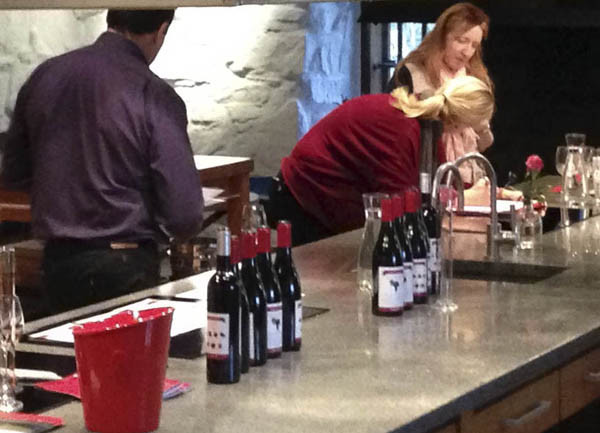
On cello we placed the G2 and S2 which contributed the fruity and warm midrange. G1 and S1 were allowed to do the violins by adding some finesse and tweeter in the form of acidity, spices and light red fruit. Bass and drums, finally, was the role of M to give the whole orchestra some structure and weight.
Delicious in theory, but with a little reflection and a reality check during the evening our blend did not quite match up to what we had thought. Some hope cam back, however, when the wine writer Thomaz Grehn exclaims that it is not even drinkable. Right there and then I felt quite happy with that review for some reason.
The final blend in our cuvée: G1: 10%, G2: 40%, A1: 25%, P2: 15%, M: 10%.
Important lesson learned: Keep it simple!
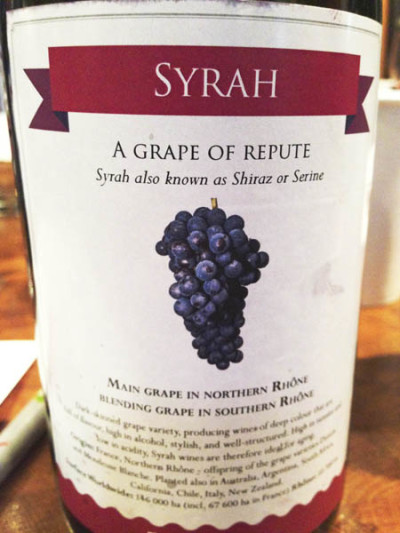
Another interesting lesson is how incredibly different expressions a wine can get depending on the exact composition despite having relatively few parameters to work with. With the set of wines that we had at our disposal, you can create everything from an elegant and low-key wine to a big and bombastic one with extra everything. The importance of the winemaker for the character of the wine thus becomes primordial when it comes to this kind of cuvées.
One thing is certainly beyond doubt. You cannot have a more enjoyable and informative afternoon!
Mattias Schyberg is guest writer on BKWine Magazine. He is also one of the persons behind the very active wine forum www.finewines.se.
[box type=”info” style=”rounded” border=”full”]Blending wine is not as easy as one might think, but is always a very interesting learning experience. Some of the BKWine wine tours include a blend-your-own-wine workshop. For example it is sometimes included in the wine tour to South America, the wine tour to Bordeaux, the wine tour to the Rhone Valley, and the wine tour to South Africa. Want to try?
Travel to the world of wine with the experts on wine and specialist on wine tours.
Special wine tours. BKWine wine tours.[/box]
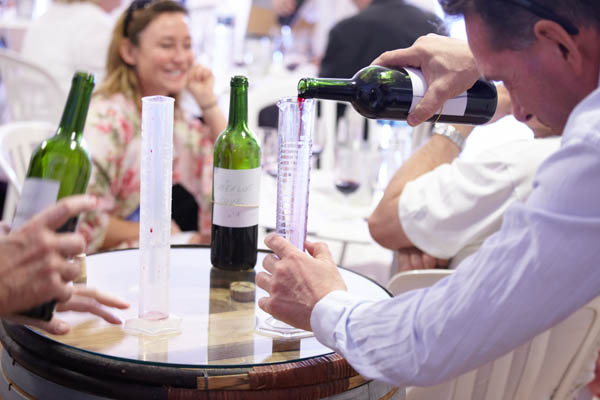
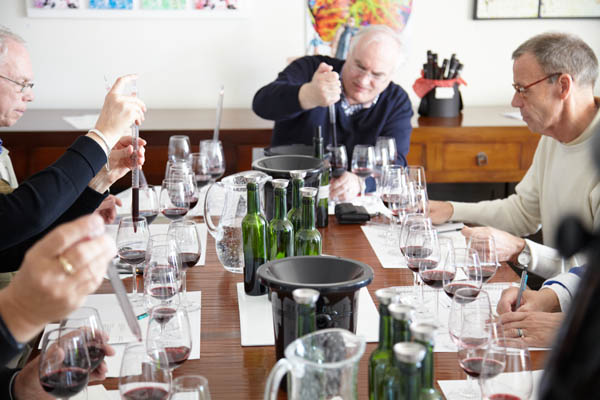
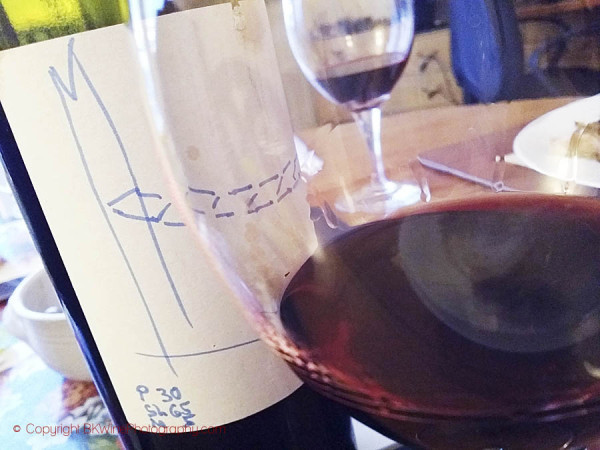



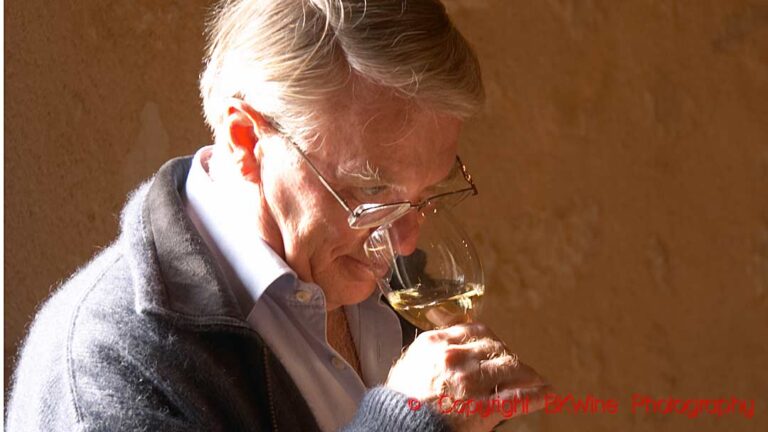
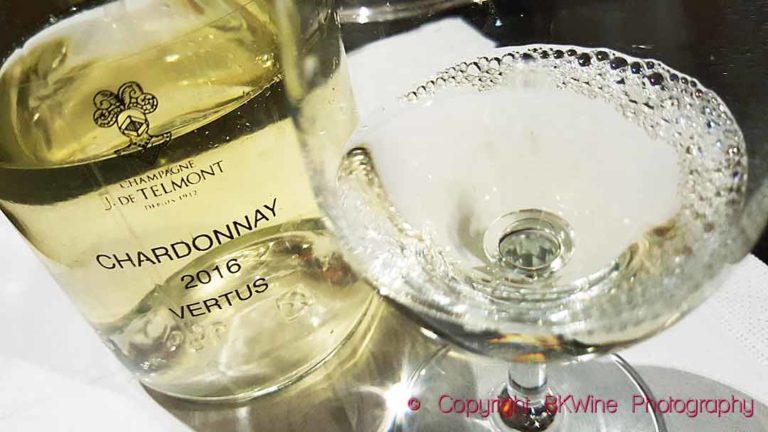
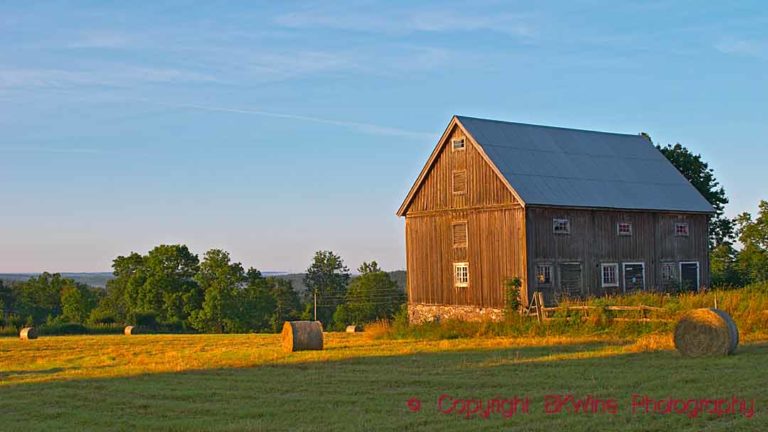




One Response